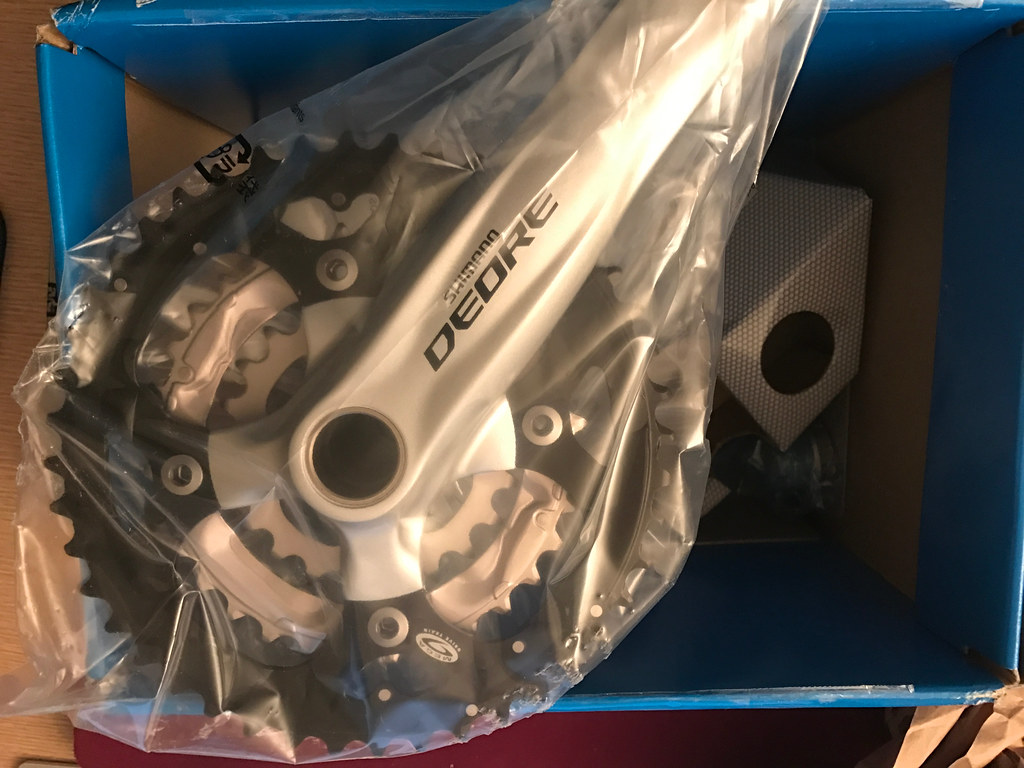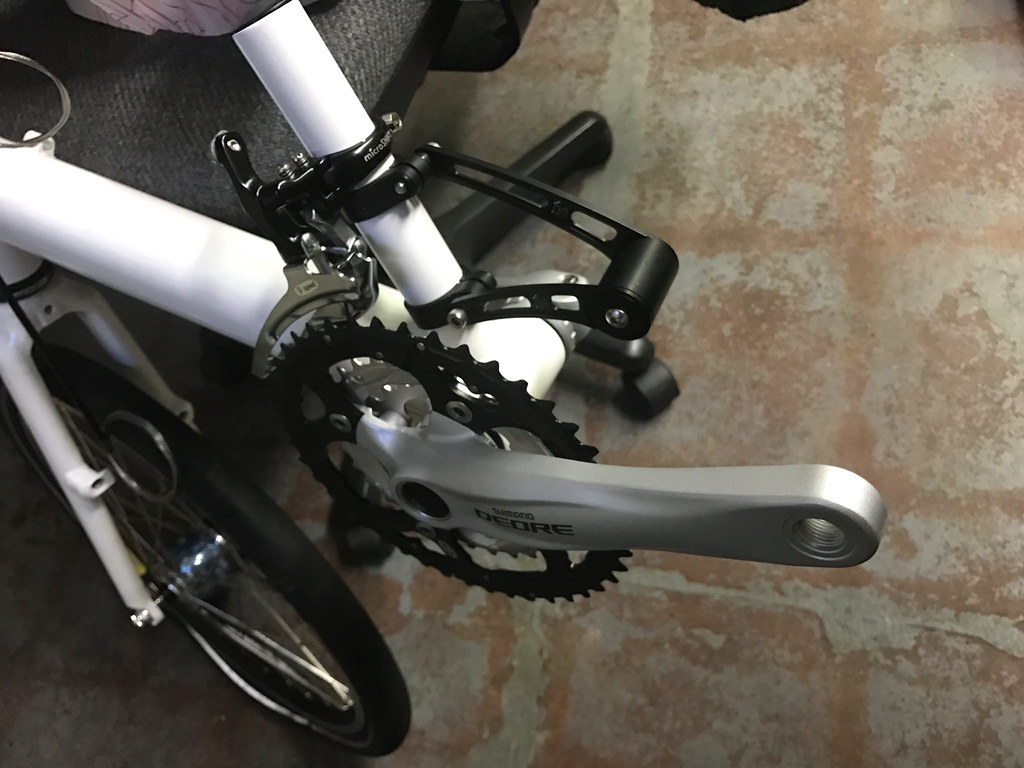November 13, 2016
by TheCuriousCyclist
Filed under Advice, Tech
Zach:
When riding in the rain yesterday I was reminded that metallic pad disc brakes (like the pads that come standard on the Avid BB7) squeal loudly in the rain. You may have noticed that on Kerry’s Bacchetta. There are organic compound pads available which are much quieter but also wear out much faster.
Me:
Hmmm. Does the vibration from the squeal cause any damage? Or is it just an annoyance?
Zach:
If it happens enough, spokes will start breaking. One can generally keep it from squealing very loud by braking lightly when it is wet which is fine if you have plenty of room to stop. Not a bad idea to brake more gradually in the rain to reduce the chance of locking up a wheel when traction is reduced on wet roads. If it is squealing loud enough that you are feeling significant vibration when braking hard, the spokes are getting damaged.
Me:
Hmmm. How much quicker do the organic pads wear out? Twice as quickly? More?
Zach:
Depends on riding conditions. The more rain riding one does, the faster the softer organic pads will wear out in comparison to metallic pads. I find on average metallic pads last about 3 times as long as organic pads.
Me:
Are they a nuisance to swap? I’m wondering if it would be worth adding the organic pads to my on-board kit, to swap only for rain use…
Zach:
It is a nuisance to swap pads as you have to remove the wheel, pull the pads out using pliers on the tabs, and deal with a fiddly little spring. So, not worth swapping back and forth depending on the weather.
Me:
Good to keep a spare set of pads on-hand anyway, right?
Zach:
It is a good idea, yes, though Avid BB7 brakes are common enough that most bike shops keep replacements in stock. For example, I keep replacement pads for BB7 brakes in stock, but only the metallic ones which come stock on these brakes.
To go along with my white frame, I decided I wanted white cables. Zach found some great cable housing for me, and I managed to stumble my way through the rest of the work.
Did you know that brake cables and shifter cables use different housings, with different diameters? I sure didn’t.
Brake cable housings have a metal lining made out of one long spiral of steel that wraps around the brake cable. Shifter cable housings also have a metal lining, but it’s made up of many little straight threads of steel surrounding the central shaft where the cable passes through. So, brake cable housings are thicker and stronger, and shifter cable housings are stiffer and smoother.
That pointy thing in the above picture is called an awl. After you cut the cables with your crappy non-custom set of heavy pliers, you can use the awl to widen the hole back out again, making it much easier to thread the cable.
I ran seven segments of cable in total. Three for shifters, and four for brakes. Partway through I ran out of brake cable end caps so I had to order more. (I already had plenty of crimp-on cable tips.)
Of course, it was amateur hour: I had to re-do two of the brake cables because I cut one too short, and the other too long.
As I was doing that, I had to re-thread the rear brake cabe a few times, and it started to unravel. That was a very bad thing. A single strand got pushed out of alignment, and as I was testing the brake the problem got worse until the whole cable was messed up:
That just sucks. It’s also why professional bike builders use special cutters on cables to keep them from unraveling.
The rear brake cable on a recumbent is extra long, and replacement cables are almost never long enough. Eventually I found one that was almost 3 meters long and installed it. Turned out to be even better cable than what Bacchetta gave me. An embarrassing mistake, but I made it right.










